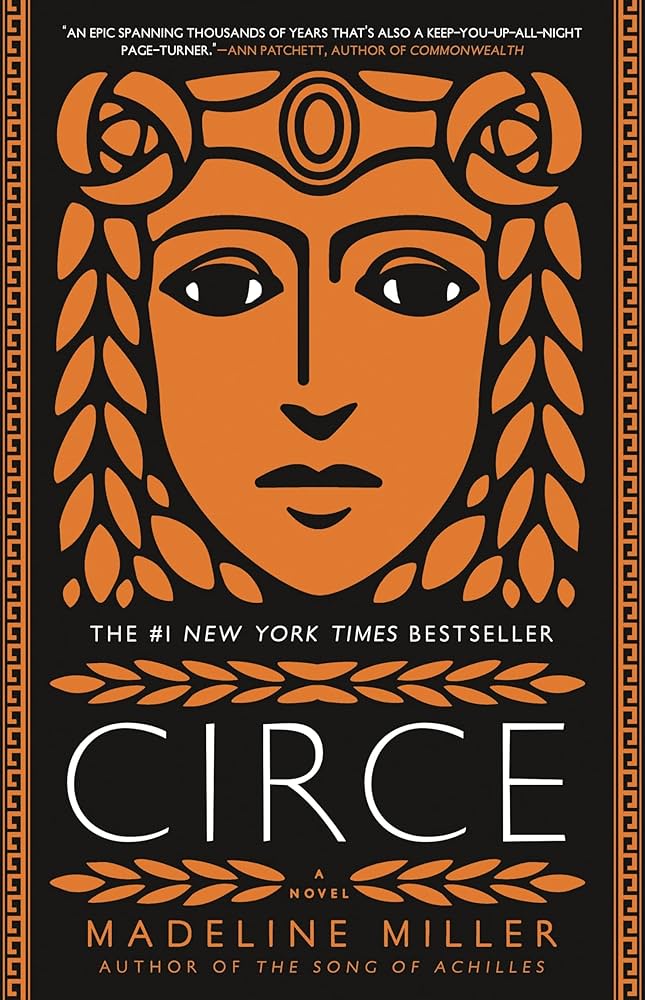My fascination with the stories of women in myth and history began with Circe. My first exposure to the mythological figure of Circe was in The Sea of Monsters, book 2 of the Percy Jackson series. Embarrassingly, it wasn’t until I read the Odyssey for the first time my freshman year of high school that I realized the “real” Circe does not, in fact, turn men into guinea pigs, but into regular pigs. Misconceptions planted in my mind by Rick Riordan aside, I went into Madeleine Miller’s Circe with some understanding of her character.
In Book 10 of Homer’s Odyssey, we get the story of Odysseus and his men’s encounters with Circe on the island of Aeaea. She turns almost the entirety of his search party into pigs with magicked food. Only Odysseus’ brother returns to tell him what has happened. On the way to Circe’s home, the god Hermes offers him an herb to protect him from Circe’s enchantment. Odysseus successfully overpowers Circe, and makes her turn his men back into humans. Naturally, the two then become lovers, as Circe is intrigued by Odysseus’ intelligence and Odysseus is apparently quite enamored by magical women he meets on strange islands. After a year, Odysseus and his men depart, and Circe gives Odysseus some advice for his journey at their parting. In addition to her role as a minor goddess and powerful sorceress, Circe is described as being magnificently beautiful, predatory yet intriguing.
Homer’s portrayal of Circe is one of a powerful and otherworldly woman, but allows for little depth and complexity outside her love for Odysseus. Miller’s approach, on the other hand, is one that looks at Circe on a deeper level, offering a more holistic view of her character as an individual rather than in regards to her interactions with men. While Madeleine Miller’s Circe does include her encounters with Odysseus, it covers much more of Circe’s immortal life than this brief moment. It begins with her lonely childhood as a minor goddess underestimated and ignored by her immediate family and higher gods alike. Miller showcases Circe’s discovery of her power in sorcery and her banishment by Zeus after the intensity of her power became evident. We see Circe’s dealings with gods and famous humans alike, all from the perspective of the first witch in Greek mythology. Miller describes her novel as “a story of motherhood, of growth, of love, and of transformation.”
Circe was the book that got me specifically into retellings of mythological women, reclaiming their narratives and telling their stories through a modern feminist lens. And while Circe couldn’t last forever–the book itself says “Some people are like constellations that only touch the earth for a season” –I fell in love with similar stories, like those I’ll explore in the rest of this series.

